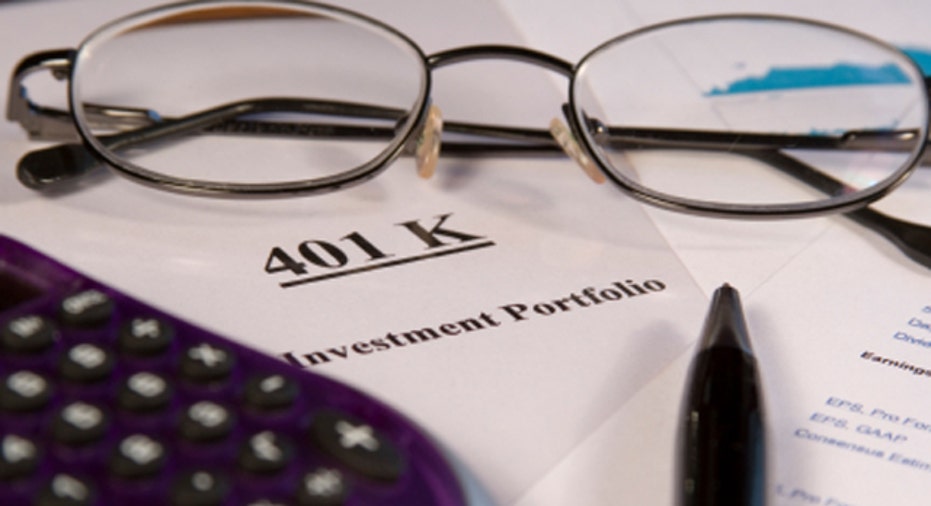It’s Never too Late to Plan for Retirement

There are various ways to plan and save for retirement, but for some, that advice is about 40 years too late. Even if you're starting late or have faced numerous setbacks, retirement is possible. Here are some tips from industry professionals on how to make your last-minute retirement dreams a reality.
The most important thing is taking the first step and sticking with it, according to Catherine Collinson, president of the Transamerica Center for Retirement Studies in Los Angeles.
"Achieving a sense of retirement readiness is a lot of small steps that can lead to a quantum leap," she says.
The first step
To prepare for retirement, Collinson first suggests taking "a financial look in the mirror." Understand what your personal balance sheet is and calculate a savings goal. Collinson notes that this needs to be a real, calculated goal and not just a spitball estimate.
Wade Mayo, president and CEO of Life Insurance Company of the Southwest in Dallas, says that the amount of money a person needs to retire varies depending on the person, the type of lifestyle they want to live, medical expenses and their dependents.
"It is important to estimate Social Security benefits and other sources of income and what a person expects to spend annually in retirement," Mayo says.
Many experts say it takes about 70 to 85% of your pre-retirement income in order to maintain your lifestyle during retirement, according to Mayo.
People should also plan on having enough to live on for another 25 to 30 years when estimating what they'll need to retire, he adds.
Start saving
Now that you know what you need to save, it's time to start actually start saving .
Increasing your annual salary is difficult, but not impossible. However, Collinson notes that cutting back on expenses helps just as much, even if an increase in income isn't in the cards. "A penny saved is a penny earned and a penny not spent is a penny saved," she says.
Bridging the gap
Just because you've fallen behind doesn't mean you can't catch up. There are ways to save money faster that, according to Collinson, most people aren't aware of.
For example, catch-up contributions. Catch-up contributions allow a person 50 or older to save an additional $5,500 a year on top of his or her annual savings plan's (such as a 401k) limit on a tax deferred basis.
The saver's credit is another way for people to save money for retirement faster, and at any age if they meet the proper income requirements. The saver's credit is a tax credit for workers making up to $27,750 a year who are saving for retirement. The government offers a tax credit of up to $1,000 for individuals based on a percentage of the money put into a qualifying retirement plan, according to the IRS.
Another great resource is social security. According to Collinson, only 13% of people in their 50s said they know a great deal about their social security benefits -- and that could be detrimental to their retirement. Social security benefits change depending on the age you begin receiving them and many people don't think about the potential taxation of benefits, according to Collinson.
Have a back-up plan
One of the most common plans for people who aren't ready for retirement is to keep working later than they expected. Collinson says that this is a good idea, but as people get older they need to have a back-up plan in case they are no longer able to work.
According to Collinson, most people's back-up plan is their family. In the latest annual study done by the Transamerica Center for Retirement Studies, only 4% of workers in their 50s and 60s expect financial support from their children when they retire, while 31% of workers in their 20s and 30s expect to support their parents when they retire.
This discrepancy shows the need for more open communication between family members about retirement. "For many people, a back-up plan is a family," says Collinson. "So it's really important to have those conversations upfront versus waiting until a crisis"



















